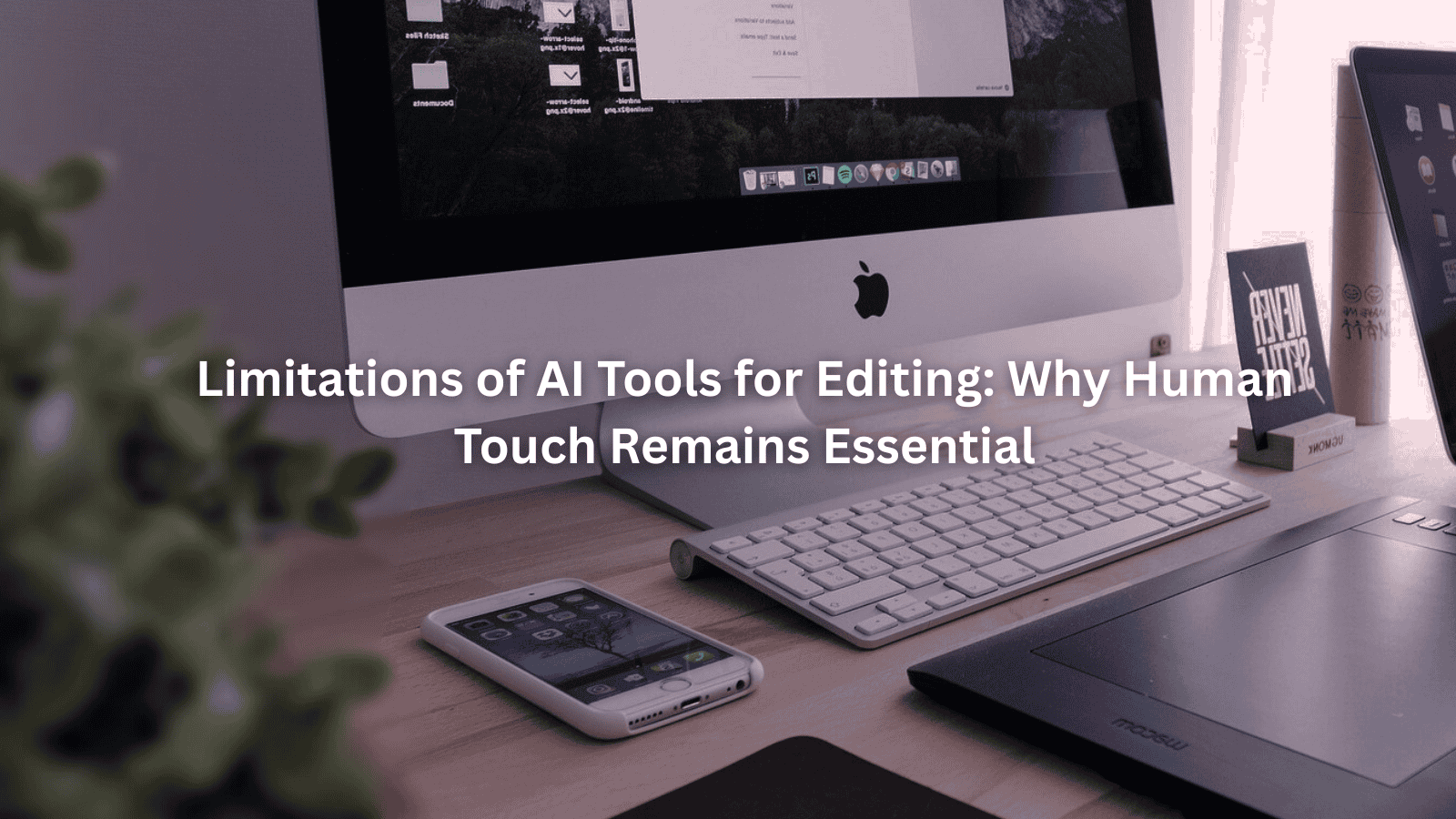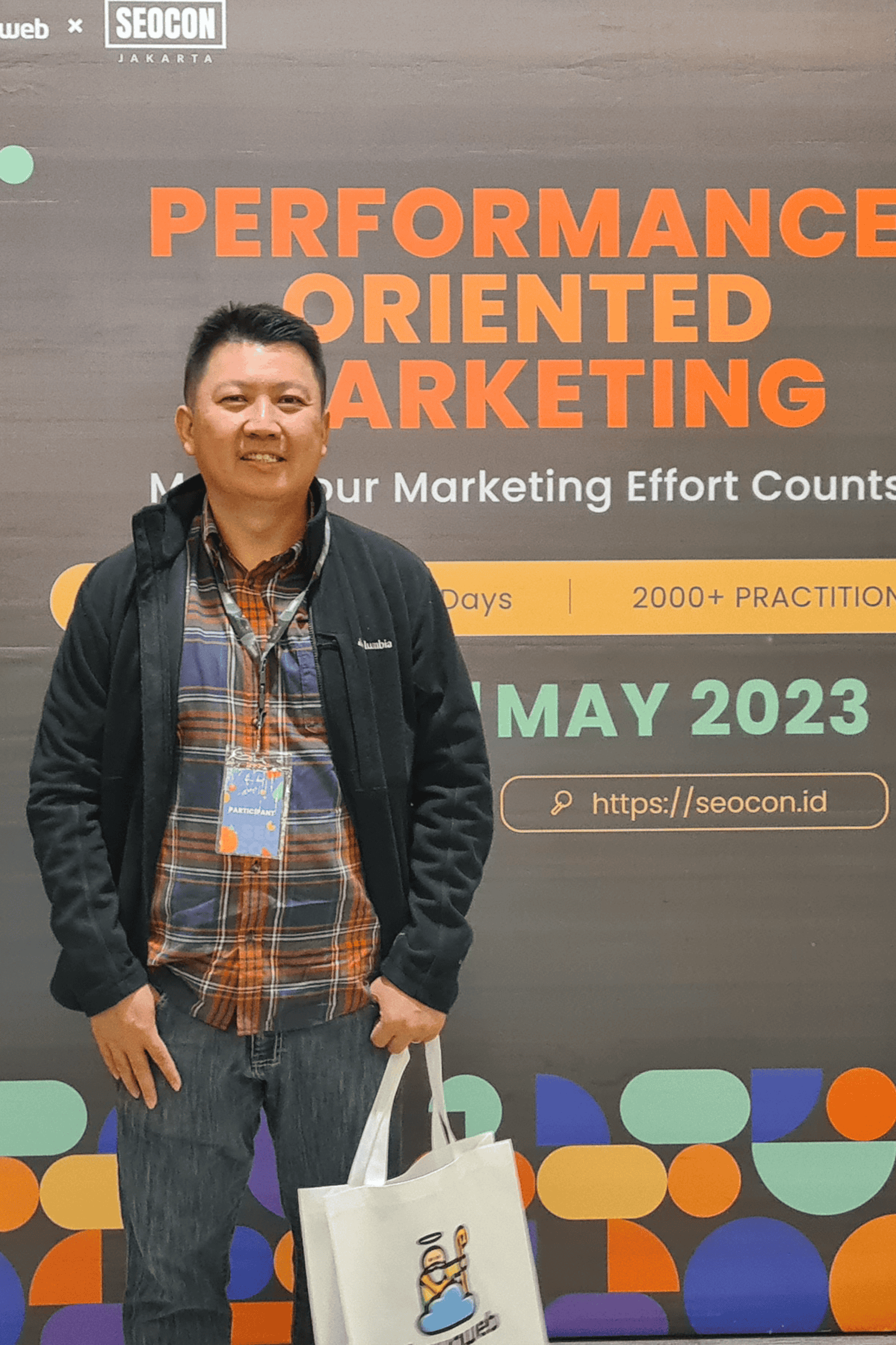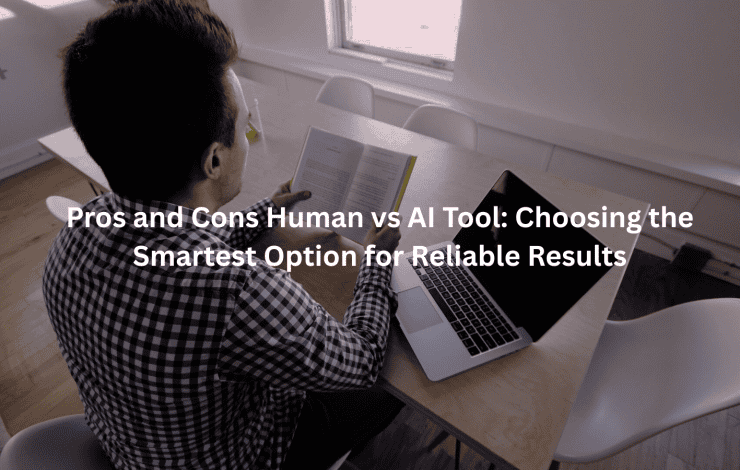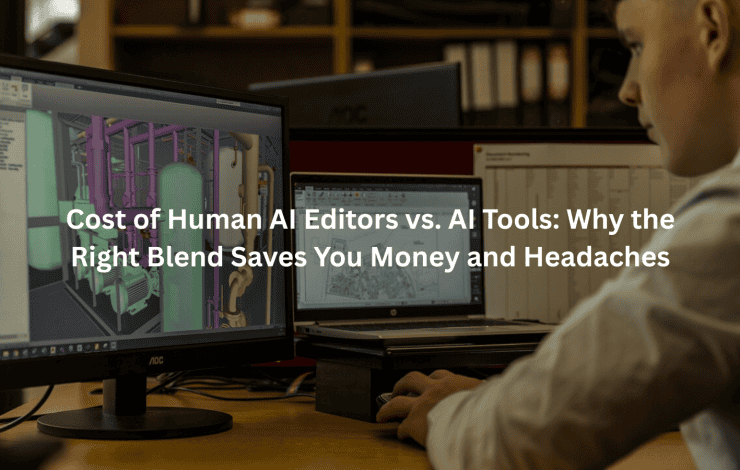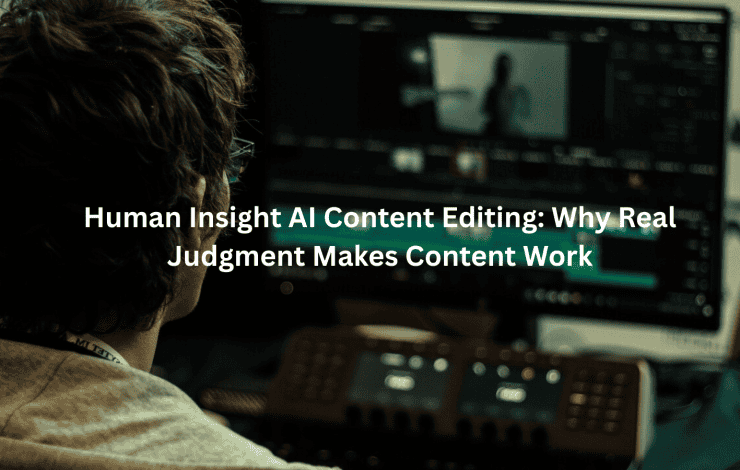Use AI editing tools and you’ll speed up the process, sure. But you’ll soon notice the cracks: monotone phrasing, missed cultural cues, and a tendency to iron out the author’s quirks. Machines can’t replicate emotional depth or nuanced storytelling. In our experience at Jet Digital Pro, blending human editors with AI is the only way to avoid these pitfalls and create work that stands up to scrutiny.
Key Takeaway
- AI editing tools lack emotional nuance, context awareness, and creative flexibility.
- They introduce risks of factual errors, style inconsistency, and ownership ambiguity.
- Human oversight is still crucial for brand voice, storytelling, and quality assurance.
Limitations in Creative Control and Originality
I’ve watched AI churn out copy with the same enthusiasm you’d expect from a washing machine. It’s fast, sometimes clean, but never surprising. Most AI editing tools are built on algorithms that comb through mountains of text, learning patterns, templates, and common phrases. They spot mistakes. But when you ask them for something new, something that sounds like you, or us, or anyone in particular, they stumble.
Restriction to Pre-Existing Patterns
There’s a clear ceiling here. AI learns from what already exists, not what could exist. So it clings to what’s been done before, giving us outputs that are formulaic, safe, and, frankly, boring. I’ve seen AI repeat the same metaphor three different ways in a single article, unable to sense it’s no longer clever by the second appearance. This is oversimplification at work, and it’s a dead end for anyone with a taste for original storytelling.
Loss of Unique Branding and Storytelling Flair
Our team at Jet Digital Pro is often handed drafts that have lost their edge after an AI pass. The author’s voice gets flattened. Unique turns of phrase disappear. Jokes land with a thud, if at all. That’s because AI doesn’t understand intent. It can’t sense when you want a line to be playful or dry, or when you’re trying to build suspense. Brand voice, something we obsess over for our agency partners, gets diluted, replaced by generic language that could belong to anyone. If you want your content to be memorable, you need a person’s eye and ear on it.
- AI tools depend on pre-existing data and templates.
- They generate outputs that often feel repetitive or generic.
- Personal voice and branding are lost in the shuffle.
Challenges in Handling Complex and Nuanced Editing
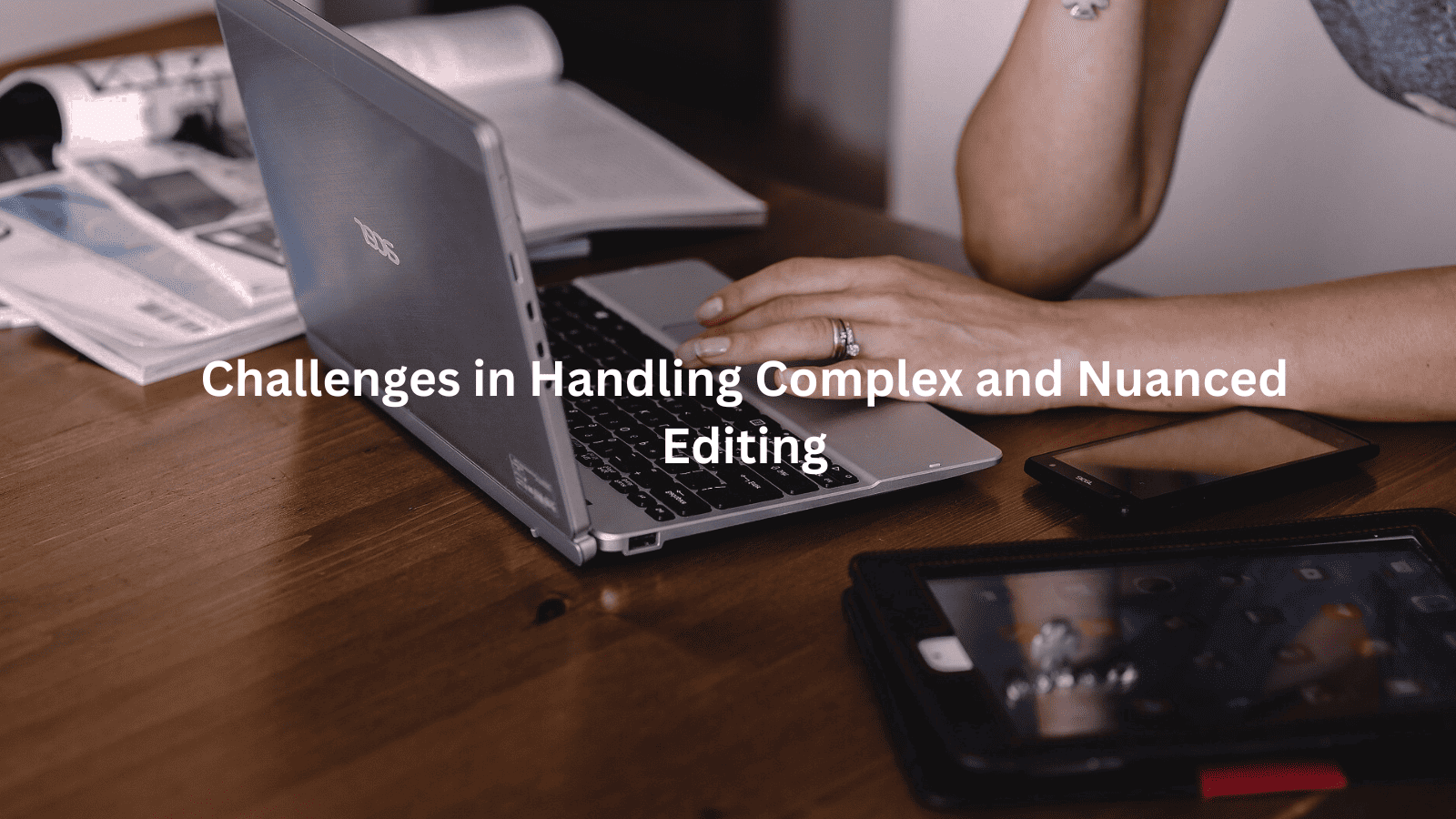
Editing isn’t just about fixing grammar. It’s about guiding the reader, making sure each sentence leads smoothly to the next, and that ideas build on one another. AI, for all its processing power, still struggles with these subtle tasks.
Difficulty with Intricate Edits and Transitions
Long documents with shifting tones or complicated arguments throw AI for a loop. We’ve seen it mishandle narrative flow, misplace transitions, and even delete crucial context. In one project, an AI tool reordered paragraphs to “improve logic,” only to make a science explainer incomprehensible. Advanced formatting, footnotes, tables, equations, doesn’t fare much better. AI will mangle a table or misinterpret a mathematical formula, so we always double-check these ourselves.
Lack of Contextual and Emotional Understanding
Humor and sarcasm are usually the first casualties. AI can spot a joke, sometimes, but it can’t tell if it should actually be funny or if it’s off-color. Ambiguous sentences or culturally loaded references? AI applies dictionary logic, missing the layered meaning entirely. We’ve had AI suggest synonyms that sound right but miss the nuance, changing “break a leg” to “fracture a limb.” Not the effect we’re after.
- Struggles with transitions, narrative flow, and advanced formatting.
- Fails to interpret humor, sarcasm, or ambiguous phrasing.
- Misses cultural references and emotional undertones.
Reliability, Accuracy, and Consistency Issues
We often get asked if AI can guarantee error-free content. The truth is, it can’t. AI editing brings its own set of risks, and while it can spot clear mistakes, it also introduces new ones.
Variability in Quality and Output Reliability
We’ve seen AI tools make some strange errors. One moment, they fix a spelling mistake, and the next, they slip up on grammar. It’s all over the place. Consistency can feel like chasing after shadows, especially with style and tone. Sometimes we run the same prompt, and the results vary wildly. That randomness is why we never let content go live without a human review. No matter how smart the tools claim to be, we know they can’t see everything. [ 2 ]
Dependence on Input Quality and Data Bias
When we use an AI tool, the quality of what we feed it really matters. If the data is biased or outdated, guess what? The output shows those same issues. We’ve come across content that accidentally reinforces stereotypes or repeats old info just because the model learned from skewed material. We’ve caught factual errors, particularly with topics that change rapidly, like tech or policy. At Jet Digital Pro, we always fact-check and update every piece we create. But we know that’s not the case for all agencies.
- AI tools can introduce spelling or grammar errors unpredictably.
- Style and tone often shift within the same document.
- Outputs mirror the biases and gaps in training data.
- Factual errors pop up, especially around current topics.
In the end, we’ve learned to keep a close eye on what AI produces. It may help with the basics, but when it comes down to quality, we trust ourselves to make sure everything is spot-on. That’s how we keep our content genuine and reliable.
Ethical, Legal, and Practical Concerns in AI Editing
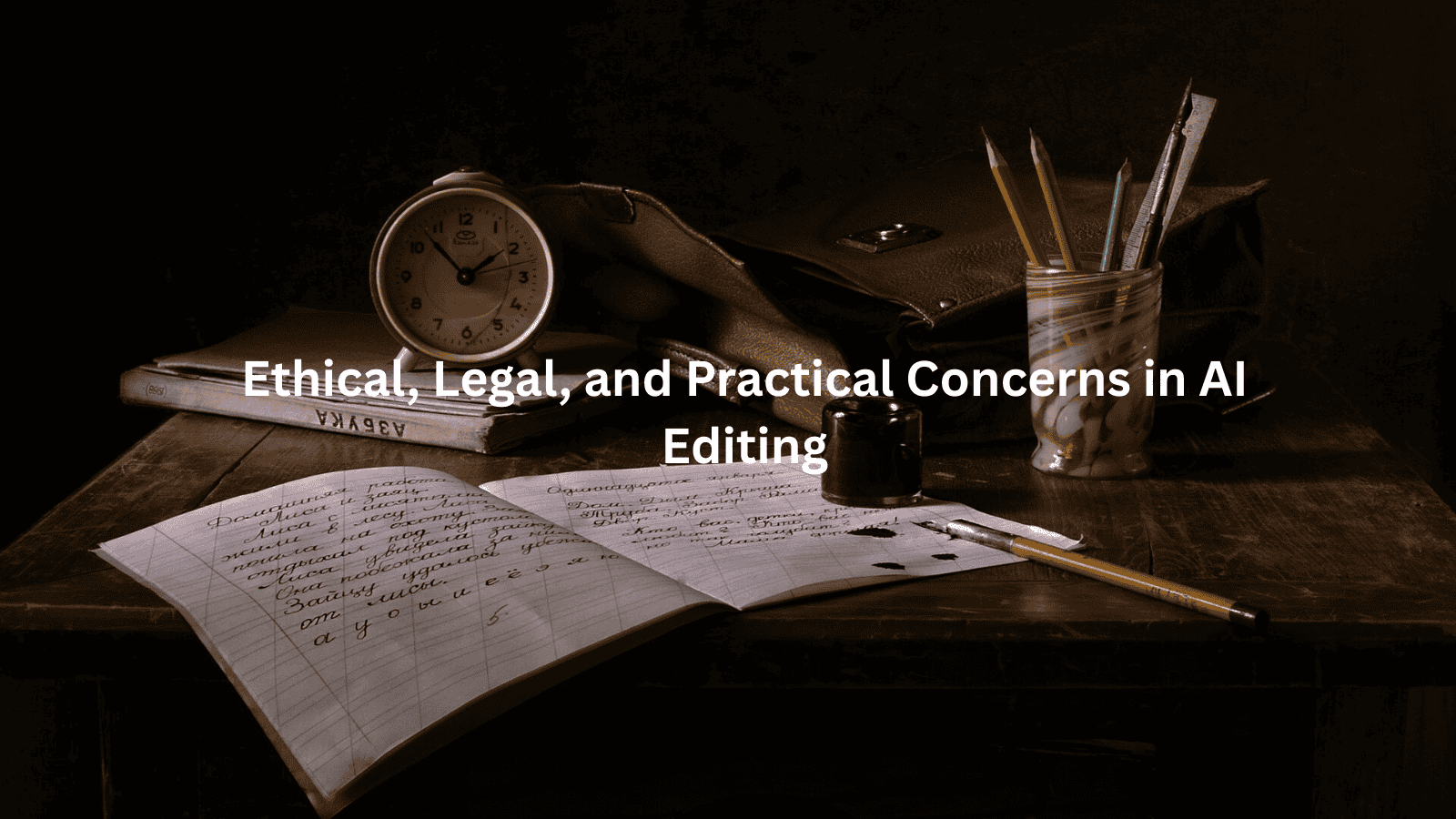
As we watch AI improve, we also see a bunch of legal headaches popping up. It raises some tough questions about our own skills, too. If we let machines do all the editing, what happens to our craft?
- We worry about copyright issues. Who owns content created by AI?
- There’s the risk of unintentional plagiarism. AI can echo others’ ideas without crediting them.
- Using AI means we might overlook our own growth as writers and editors.
We’ve felt the pull to rely on AI, but we know it can’t replace the unique touch we bring. Smart machines can help with routine tasks, sure, but they lack the deeper insight and creativity we provide. At the end of the day, we believe it’s essential to keep our skills sharp, no matter how advanced AI gets. [ 1 ]
Copyright and Authorship Ambiguities
Who owns a paragraph written by AI? Is it the agency, the client, the tool’s developer? Copyright law hasn’t caught up, and that’s risky for anyone publishing at scale. We’ve had to rethink our own contracts at Jet Digital Pro. There’s also the lurking danger of unintentional plagiarism, AI sometimes pulls phrases from its training data without proper attribution, which could land us and our clients in legal trouble.
Over-Reliance and Impact on Human Editor Skills
I’ve seen editors grow complacent, letting the software do the heavy lifting. Skills fade, instincts dull. Over time, the line between review and rewrite blurs until no one’s quite sure who’s responsible for the finished product. That’s not just a practical concern. It’s an ethical one. We insist on human oversight for every project, both to catch errors and to keep our team sharp.
- Legal ownership of AI-generated content is unclear.
- Risk of plagiarism increases with AI-generated text.
- Human editing skills can degrade without regular practice.
- Human oversight is required to ensure quality and responsibility.
Practical Advice: Balancing AI and Human Editing
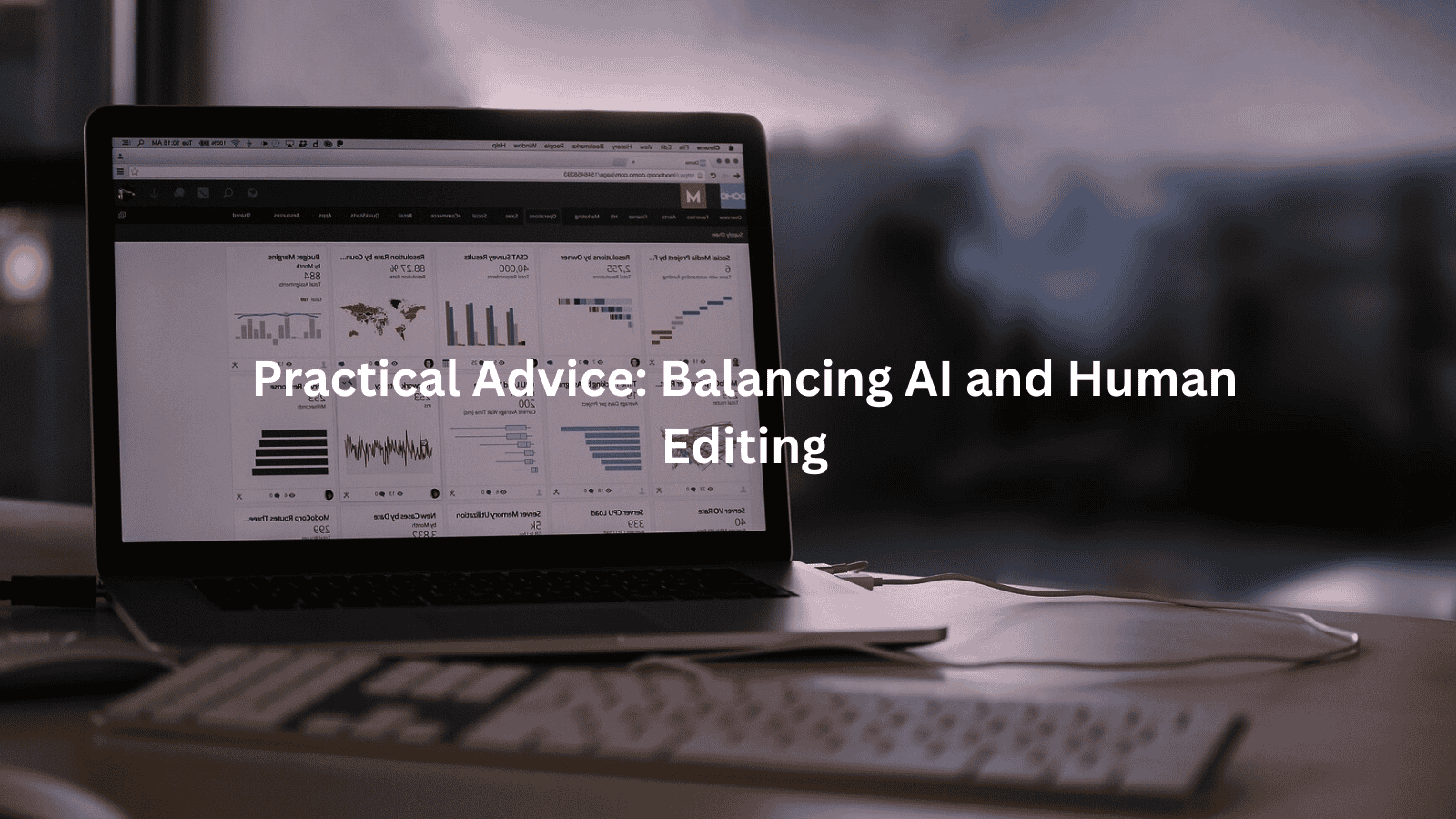
Are You a Digital Agency?
White Label SEO Content Services for Agencies
Scalable, customizable, and results-driven content solutions for your clients.
AI tools are here to stay, and we use them every day to speed up routine edits or spot obvious mistakes. But we never trust them with the final cut. The best results come from a hybrid approach: let AI handle the grunt work, then bring in a human editor, someone who knows the author’s voice, gets the brand, and can spot a joke before it falls flat.
How we do it at Jet Digital Pro:
- Use AI to draft, flag errors, and check for basic consistency.
- Assign a human editor to every project for narrative flow, voice, and accuracy.
- Fact-check everything, especially statistics or fast-changing details.
- Regularly update our AI models and review workflows to catch new pitfalls.
- Keep our editors learning and practicing, so they’re always ready to improve on what the software spits out.
That’s how we deliver content that feels alive, trustworthy, and on-brand, content that sails through Google’s filters and stands up to real scrutiny. If you want editing that combines speed with genuine creative insight, look for agencies that value both AI and human skill in equal measure. We’ll keep holding the line.
FAQ
How do AI editing tools handle regional slang or dialects?
Most AI editing tools struggle with regional slang or local dialects because their training data is based on standard language patterns. If you use phrases common only in your neighborhood or region, the AI might misunderstand or replace them with more generic terms. This can erase the unique voice of your writing and make the content sound flat or confused to locals.
Why do AI editors sometimes repeat the same suggestions or corrections?
AI editors work by identifying patterns and applying rules, so they often spot the same “mistake” multiple times in a document. This can lead to repeated corrections, even when those changes are not necessary. For long pieces, it can get annoying and disrupt the editing flow, forcing human editors to undo or ignore redundant AI suggestions.
Can AI editing tools reliably handle documents with mixed languages?
Need a Strategic SEO Content Partner?
Let’s craft SEO content that ranks, converts, and grows your brand.
Talk to UsAI editing tools usually falter when a document switches between languages or includes code-switching. The tools may not recognize which language rules to apply, leading to grammar errors or awkward translations. This limitation is especially noticeable in communities or industries where mixing languages is common, and it means more manual checking is needed.
What happens when AI tries to edit creative writing, like poetry or scripts?
Creative writing depends on rhythm, wordplay, and bending the rules. AI editing tools tend to “correct” these choices, losing the intended effect. They often flag unique metaphors, unusual sentence structure, or experimental dialogue as errors. As a result, a poem or script can lose its charm and originality if left entirely to machine editing.
Are there risks with AI editing tools misunderstanding sensitive or controversial topics?
Yes, AI editing tools often miss the nuance needed for sensitive or controversial subjects. They may misinterpret sarcasm, irony, or cultural references, leading to edits that change the original meaning or tone. This can create misunderstandings or even offend readers, making careful human oversight especially important when tackling these topics.
Conclusion
No tool can replace a skilled editor’s touch. AI drafts move fast, but they often miss the emotion, nuance, and clarity that real readers crave. At Jet Digital Pro, we blend AI efficiency with human insight through an 11-step editing process. The result? Content that ranks, reads naturally, and actually connects. If you’re a digital agency looking to scale without sacrificing quality, let’s talk. See how it works.
References
- https://www.researchgate.net/publication/389458566_The_Impact_of_AI-Powered_Writing_Tools_on_Students’_Writing_Performance_A_Content_Analysis_and_Future_Prospects
- https://www.eweek.com/artificial-intelligence/runway-ai-review/
Related Articles
- https://jetdigitalpro.com/comparing-ai-tools-vs-human-ai-editors/
- https://jetdigitalpro.com/ai-tool-editing-versus-human-skill
- https://jetdigitalpro.com/human-insight-ai-content-editing/
P.S – Whenever you’re ready,
we’re here to help elevate your SEO content.
Partner with us for strategic, scalable content that drives real organic growth.
Contact Us Now
